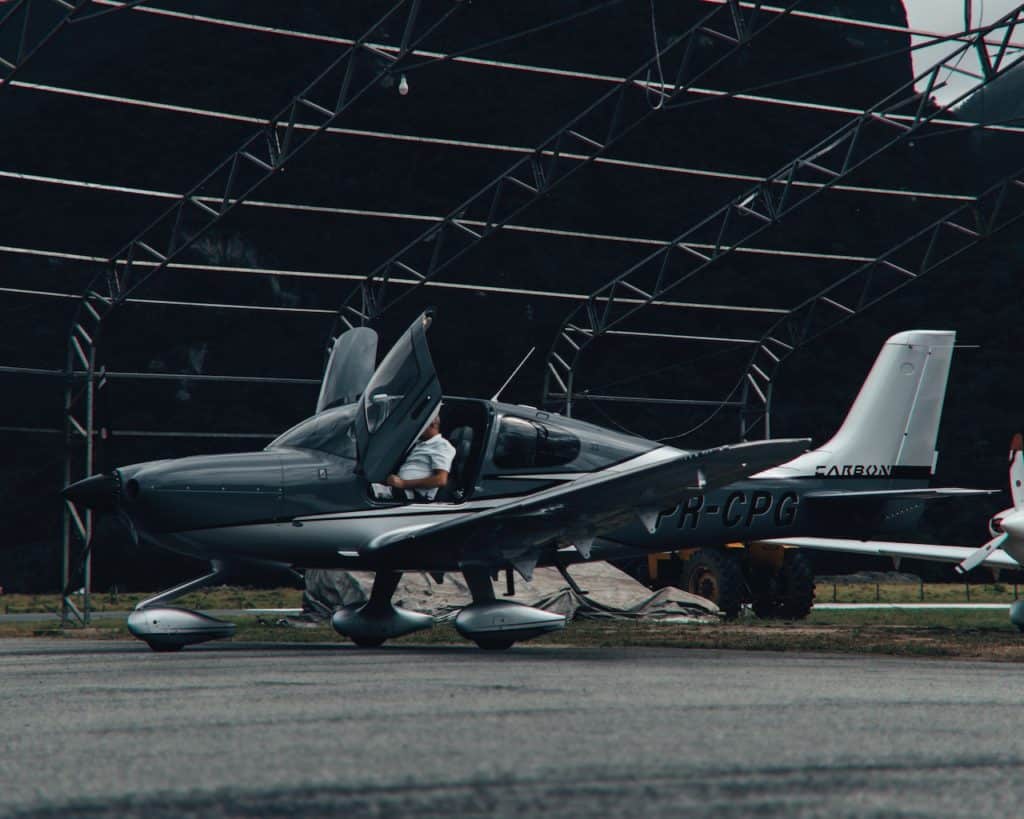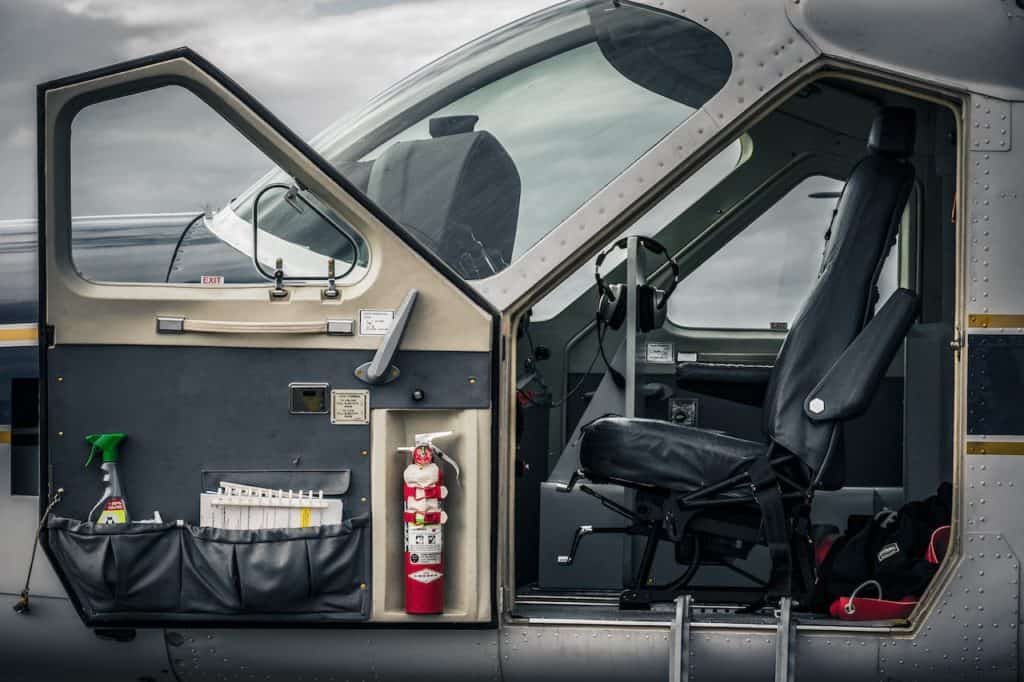Jump to...
Aircraft Ownership vs Renting: The New Pilot's Dilemma
Table of Contents

Facing the big question of “Aircraft Ownership vs Renting” is a rite of passage for every new pilot, particularly during flight training. This dilemma isn’t easily resolved, as both routes present unique advantages and disadvantages. Comparable to the housing market’s buy vs rent debate, the optimal choice hinges largely on personal circumstances, financial standing, and long-term aviation aspirations.
Grasping the Gravity of This Decision for New Pilots
The decision between buying and renting an aircraft is crucial for any new pilot. It’s not just about convenience or cost-effectiveness; it also influences the pace of your training, the flexibility of your flying hours, your financial commitments, and even the type of flying experience you gain. Understanding the trade-offs between buying and renting can help new pilots make informed decisions that align with their personal circumstances and career aspirations.
Websites for Reference:
Full Ownership: The Costs and Benefits of Owning an Aircraft
When taking to the skies, the decision to rent or buy an aircraft is a significant one. Beyond the sheer thrill of owning your own airplane, there are practical considerations that come into play. This article will delve into understanding what aircraft ownership entails.
Examining the Investment Aspect of Aircraft Ownership
Owning an aircraft is a serious investment. Initial costs are not limited to the purchase price of the aircraft. They also include sales tax (which varies by state) and the first year’s insurance premium. The purchase price itself can fluctuate widely, determined by factors such as the aircraft type, age, condition, and specific features. Financing is a common method for handling this hefty price tag, though interest rates and loan terms will factor into the overall cost.
Continued Expenses: Sustaining Your Owned Aircraft
Beyond the initial purchase, aircraft ownership comes with a series of ongoing costs. Regular maintenance is key to keep your aircraft in top shape and in compliance with aviation regulations. Storing your aircraft, whether in a hangar or tied-down outdoors, incurs fees. Fuel costs can rack up, particularly for frequent fliers. The FAA mandates annual inspections, which are an additional cost. Unexpected repairs are, by nature, unpredictable, but they are inevitable and should be planned for. A contingency fund for such unforeseen issues is highly recommended.
Flight Hours and Experience: How Ownership vs Renting Impacts Both
Aircraft ownership can be a boon for your flight hours and overall experience. Without rental availability or restrictions to work around, you have the flexibility to fly on your own schedule. This freedom can be particularly beneficial for those in intensive flight training. Further, the consistency of flying the same aircraft can enhance learning and mastery.
Pros and Cons: The Hidden Facets of Aircraft Ownership
Owning an aircraft is not without its perks. The freedom to fly on your own terms, the ability to customize your aircraft, the potential for building equity (if the aircraft maintains its value), and the personal satisfaction that comes with ownership are all powerful motivators.
However, the coin has another side. The financial commitment is substantial, both upfront and ongoing. The responsibility of maintenance and repairs rests on your shoulders. If a time comes when you wish to sell the aircraft, it can present a new set of challenges.
For further details, please visit:
Aircraft ownership can provide unparalleled freedom and satisfaction, but it’s not a decision to be taken lightly. Weighing the costs, benefits, and responsibilities is key in making an informed decision.
Decoding Aircraft Rental: Costs, Benefits, and Potential Drawbacks
Renting an aircraft is a popular option for new pilots or those who prefer not to make the significant investment in owning an aircraft. But how does the rental process work and what does it entail? We’ll delve into these topics in this article.
Dissecting the Financial Factors in Aircraft Rental
The main cost of renting an aircraft is typically charged by flight hour, which is the time from when the aircraft engine starts to when it stops. Rates vary widely based on the type, age, and condition of the aircraft, as well as the region and specific rental company. Additionally, rental companies often require renters to carry non-owned aircraft insurance. While some rental costs may seem high on the surface, remember they usually include maintenance, inspections, and other fees that aircraft owners pay separately.
Accessing a Wide Range of Aircraft: A Major Advantage of Renting
One notable benefit of renting is the ability to choose from a variety of aircraft. You’re not tied to a single type of plane, as you would be with ownership. You can fly a basic trainer one day, then switch to a high-performance aircraft the next. This variety not only keeps flying exciting, but also allows you to gain experience on different types of aircraft.
Weighing the Pros and Cons of Aircraft Rental
Aircraft rental comes with a number of advantages. The most obvious is the reduced financial burden, as you don’t have to worry about the costs of purchase, maintenance, or storage. You also have the flexibility to try different aircraft types, as noted above. In addition, if the aircraft has mechanical issues, the rental company is responsible for resolving them.
However, there are also disadvantages to consider. Rental aircraft are shared resources and may not always be available when you want to fly. You might also find that the aircraft have been heavily used. Strict rental policies can limit the time you can keep an aircraft and where you can fly. Some rental companies may also require regular check flights with an instructor, adding to your cost.
For further information, please visit:
The decision to rent or buy an aircraft is a personal one, and it’s important to weigh the pros and cons carefully. While ownership may be the ultimate goal for some, renting can provide an accessible, flexible entry into the world of aviation.
Ownership vs Renting: Scenario Analysis for the Novice Pilot
Each pilot’s journey is unique, and the decision to buy or rent an aircraft can depend greatly on their specific goals and circumstances. Let’s explore three common scenarios that pilots may encounter – flight training, building hours for professional flying, and recreational flying – and discuss the advantages and disadvantages of both buying and renting in each situation.
Scenario 1: Flight Training
Buying an Aircraft for Flight Training: A Worthwhile Investment?
Owning an aircraft during flight training gives you the flexibility to fly whenever you want, making it easier to schedule your training hours. It also allows for greater familiarity with the aircraft, which can accelerate learning. However, the cost of buying an aircraft can be high for a student pilot. Additionally, maintenance and repairs, which are inevitable over the course of intensive training, can further strain the budget.
Renting an Aircraft for Flight Training: A Budget-friendly Option?
Renting an aircraft for training often comes with less financial commitment upfront. This might be ideal for those uncertain about their future in aviation. However, scheduling flights can be less flexible, and the variety of rental aircraft can slow down learning as you adjust to different cockpits and systems.
Scenario 2: Building Hours for Professional Flying
Buying an Aircraft for Hour Building: An Asset or a Liability?
Owning an aircraft allows for more frequent and flexible flying, which can expedite hour building. Moreover, the aircraft could be rented out when not in use, potentially offsetting some ownership costs. However, the investment needed for purchase and maintenance can be hefty.
Renting an Aircraft for Hour Building: Easy Access but at a Cost?
Renting offers accessibility to various aircraft types without the financial burden of ownership. But cost per hour might be high, and availability could be inconsistent.
Scenario 3: Recreational Flying
Buying an Aircraft for Recreational Flying: Freedom to Explore?
Owning an aircraft provides the ultimate freedom to fly whenever and wherever you want. It’s a great option if you fly often and prefer the convenience of having your own plane. However, the costs can be hard to justify if you only fly occasionally.
Renting an Aircraft for Recreational Flying: Hassle-free Adventure?
Renting an aircraft eliminates concerns about maintenance and storage, giving you more freedom to enjoy flying. But you may have to deal with booking systems and limited availability during peak times.
Further resources:
The decision between buying and renting an aircraft depends greatly on your individual circumstances, goals, and preferences. We hope this scenario analysis helps illuminate the potential advantages and disadvantages you’ll need to weigh in your decision-making process.
Flight Cost Calculator: Uncover the Financial Sense of Renting vs Buying an Aircraft
The Final Verdict: A Comprehensive Guide to Aircraft Ownership vs Renting
Whether you’re pursuing a career in aviation or simply love the thrill of flight, the question of whether to buy or rent an aircraft is a significant one. To make this decision, there are several key factors to consider.

Factors to Consider
Financial Capability: Purchasing and maintaining an aircraft is a substantial investment. You need to assess your financial capacity not only for the initial purchase but also for the recurring costs like maintenance, insurance, and hangar fees. Renting may be more economical in the short-term, especially if you fly less frequently.
Flight Frequency: The more you fly, the more cost-effective owning an aircraft can be. If you fly occasionally, renting may make more sense.
Goals and Purpose: If you’re a student pilot or building hours for professional flying, owning could offer greater flexibility and the ability to familiarize yourself with one aircraft. If you’re flying for leisure, the choice could hinge more on personal preference and finances.
Self-Assessment: Choosing the Best Option
To help determine the best option for your situation, ask yourself:
- How often will I fly?
- What is my budget for initial purchase and ongoing costs?
- Am I prepared for the responsibilities of aircraft ownership, like maintenance?
- Will owning an aircraft contribute significantly to my flight training or hour-building goals?
Seeking Professional Advice
Before making a decision, it’s also beneficial to seek advice from professionals. Reach out to flight instructors, other pilots, and financial advisors. There are also online resources and communities where you can learn from others’ experiences, such as:
Remember, each pilot’s journey is unique. What works for one person might not be the best for another. Take the time to assess your situation, consider your goals, and make the decision that feels right for you.


